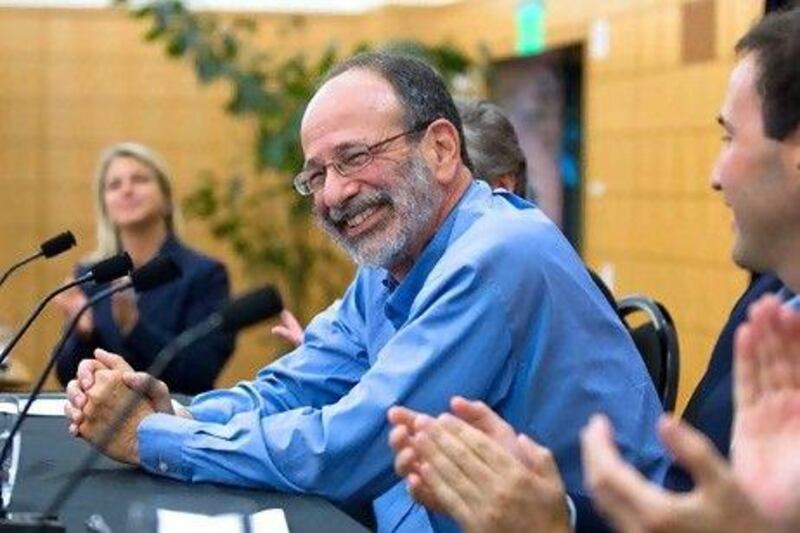Alvin Roth and Lloyd Shapley's work on how best to bring different parties together for mutual benefit was awarded the Nobel Prize for economics last week. Their work on matching supply and demand also has implications for leadership.
This year’s prize recognises the practical application of economics and specifically in the area of finding the best mechanism to make people happier.
While their research does not conclusively answer all of life’s questions, it does improve the way we organise ourselves – the core for any organisation.
Let’s attempt to understand the application to the practice of leadership by moving from economists studying how societies allocate resources to exploring how leaders (or organisations) do the same.
Two organisational leadership insights that we can derive from Roth and Shapley’s work are leader-member-task matching and employee allocation.
This year’s Nobel Prize led me to think more broadly about matching and to connect the leader, member and task.
Much has been written about the leader-member exchange, one of the earlier theories of leadership, which emphasises the relationship between the supervisor and subordinates.
Additionally the member-task interaction is readily studied for productivity optimisation.
Applying this work could provide a framework to redesign organisational matching by making a three-way match.Their examination of allocation is focused on pairing, for instance student-school, donor-recipient.
The resource allocation challenge that organisations need to contemplate relates to past versus future an area where Apple excels.
It is common for organisations experiencing rapid growth, which many in the region are, to prioritise today over tomorrow, creating near-term allocation challenges.
Unfortunately, past practices often dictate current decisions, when leadership expertise requires making current decisions based upon fulfilling the future strategy.
Unlike traditional manpower planning, resource allocation for an organisation planning to, say, double over the next three to five years will need to focus on the capability to deliver results in an organisation that is twice what it is today. Thus workforce allocation needs to be in the future state.
To apply matching and improve allocation, leaders need to maximise the underpinning mathematical formula, which comes in the form of organisation performance and productivity data.
The organisational limitation is the same as in economic research: the soundness of the output is directly related to the quality of the inputs. So if the data is questionable, you should question the reliance on it. Asking the right questions is of essence when trying to derive accurate data to enhance matching and allocation.
Additionally, work is not a controlled research laboratory, therefore the science needs to be supplemented with the art of leadership.
In other words, the best data can lead to particular conclusions, but the way a leader acts is effectual.
The prize-winning work of Roth and Shapely illuminate what rational leaders can do to arrive at even better outcomes regarding matching and allocation should be of concern to all organisations.
Tommy Weir is an authority on fast-growth and emerging-market leadership, an adviser and the author of The CEO Shift. He is the founder of the Emerging Markets Leadership Center





